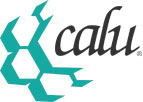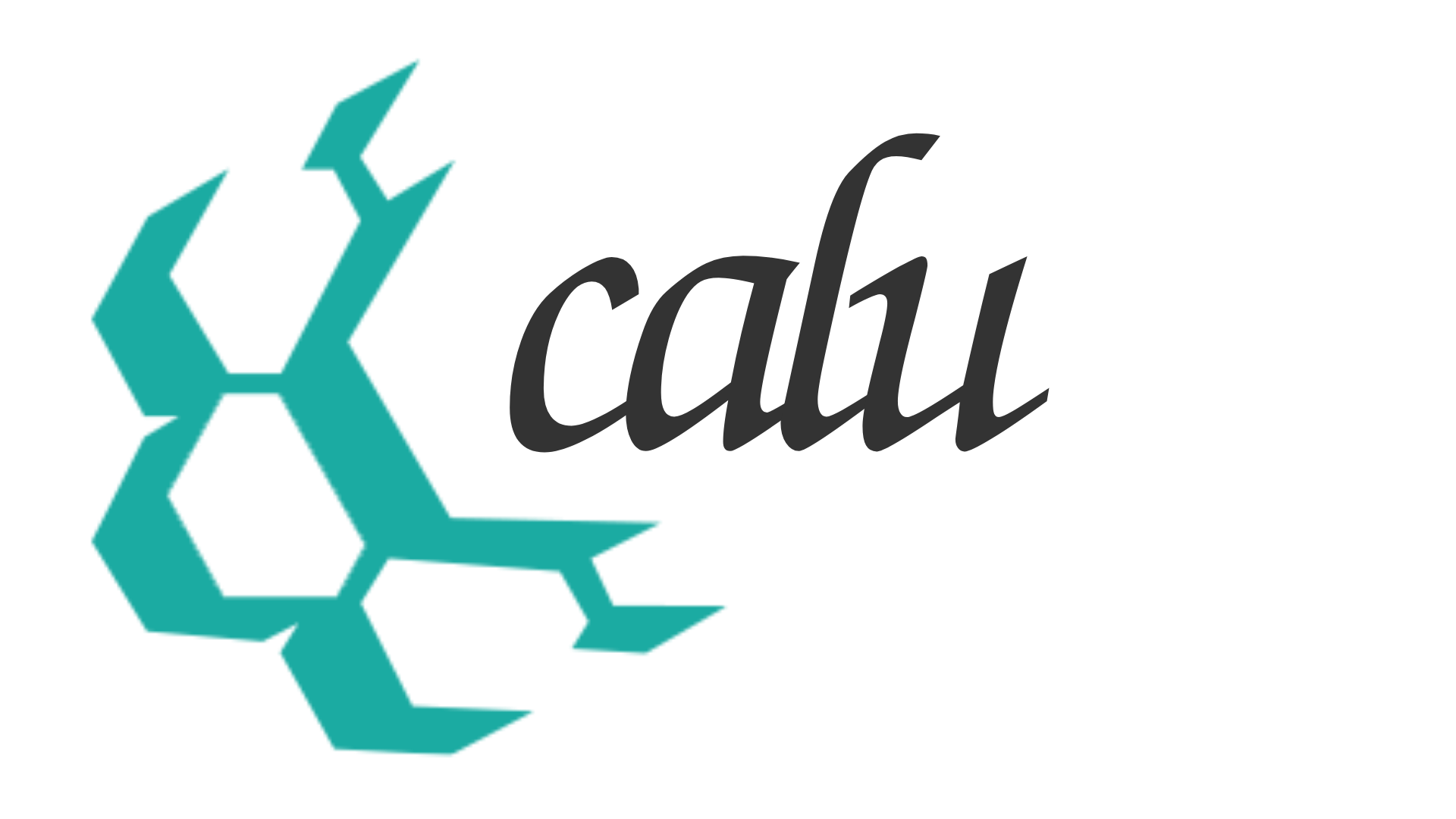Warning: Watch out for TFSA maximizer schemes
The Canada Revenue Agency (CRA) is warning Canadians about participating in tax schemes where promoters are claiming that individuals can transfer funds out of their registered retirement savings plan (RRSP) or registered retirement income fund (RRIF) into a tax-free savings account (TFSA) without paying taxes and without regard to the annual TFSA contribution limit.
Those who choose to participate in these schemes and those who promote them face serious tax consequences, which can include the imposition of significant tax liabilities, penalties, court fines, and even jail time.
What are tax schemes?
Tax schemes are plans and arrangements that are contrary to the requirements of the Income Tax Act. They recruit taxpayers by promising to reduce the taxes they owe. Schemes may promise large deductions or tax-free income.
How does this scheme work?
Typically, this type of scheme is marketed to sophisticated investors who have large balances in an RRSP (or RRIF) and in a TFSA and significant equity in a personal residence. The key elements of the scheme are:
- the promoter operates a special-purpose mortgage investment company (MIC) that “invests” only in mortgage loans to scheme participants
- the MIC issues two classes of shares – one paying dividends at a low rate and the other paying dividends at a much higher rate
- the participant buys low dividends shares of the MIC in the RRSP or RRIF and high dividend shares in the TFSA
- the MIC lends the share proceeds back to the participant in the form of a first and a second mortgage loan, secured by the personal residence and the TFSA balance and bearing interest at rates corresponding to the dividend rates on the two classes of MIC shares
- the participant invests the loan proceeds with the promoter and earns taxable investment income
- the participant makes annual RRSP or RRIF withdrawals and claims a fully offsetting interest deduction
- After several years of participating in the scheme, the participant is supposedly able to shift the entire RRSP balance to the TFSA in a way that the promoter claims is “tax-free” and is not subject to the annual TFSA contribution limit.
How does the Advantage Tax apply to this situation?
Promoters of TSFA maximizer schemes claim that the high interest rate paid on the second MIC loan is normal for second residential mortgages and explains the corresponding high dividend rate on the second class of MIC shares. In reality, however, the entire arrangement is commercially unreasonable. The lender’s actual credit risk is low because the borrowers are all wealthy participants in the scheme who are unlikely to default on the mortgages. Moreover, the second high-interest mortgage is secured both by the participant’s residence and by the growing TFSA balance. Under these circumstances, the high rate of interest on the second mortgage and the high dividend rate on the second class of shares are not justified as the participants are essentially borrowing from themselves.
As a result, the increase in the value of the TFSA would be considered an advantage subject to 100% advantage tax. In addition, the interest paid on the MIC loan may not be fully deductible.
For more information on the advantage tax rules, please consult Income Tax Folio S3-F10-C3, Advantages – RRSPs, RESPs, RRIFs, RDSPs and TFSAs.
Your actions may have serious consequences
Through increased audits of promoters, improved intelligence gathering and strengthened communication with taxpayers, the CRA continues to identify and shut down tax schemes.
Participating in these schemes can have serious consequences for individuals – the CRA has found that schemes that artificially attempt to shift value into a TFSA using transactions that are not commercially reasonable are caught by special advantage tax rules in the Income Tax Act. These rules impose a 100% advantage tax on artificial increases in the value of property held in a registered plan.
In addition to the advantage tax, individuals who are involved with the promotion or preparation of inaccurate or false tax returns may be subject to third-party penalties, fines, and possible jail time.
What can you do?
The CRA encourages all Canadians to seek an independent second opinion from a reputable tax professional on important tax matters.
If you suspect tax evasion, you can report it online at canada.ca/taxes-leads or by contacting the Informant Leads Centre line at 1-866-809-6841. Steps will be taken to protect your identity, although you may provide information anonymously.
In addition, the CRA continues to encourage taxpayers who have participated in a TFSA maximizer scheme to come forward and correct their tax affairs through the Voluntary Disclosures Program (VDP): canada.ca/taxes-voluntary-disclosures.
For more information on tax schemes, please go to canada.ca/tax-schemes.
Contacts
For reporters:
Media Relations
Canada Revenue Agency
613-948-8366
cra-arc.media@cra-arc.gc.ca




